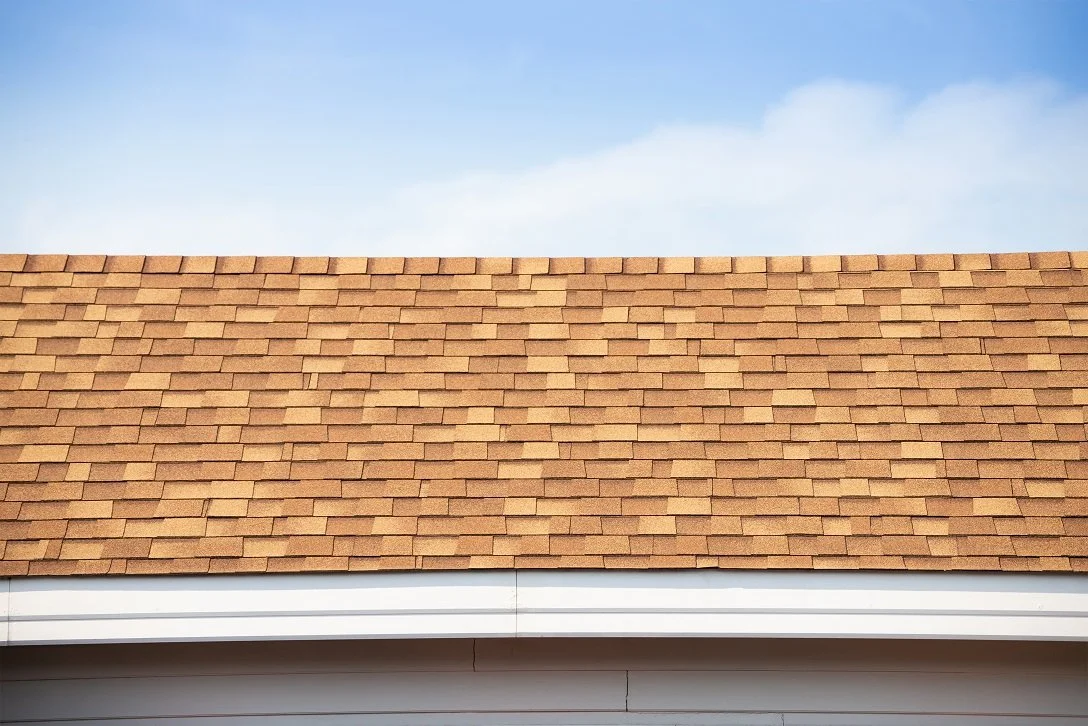A Comprehensive Guide To Understanding and Choosing Shingle Roofs for Your Home
There are many options for roofing materials when it comes to protecting your home from the elements, but shingle roofs are one of the most popular choices. Shingle roofs provide a relatively easy and cost-effective installation, while also protecting your home with a durable roof that can last for decades. In this guide, we cover everything you need to know about understanding and choosing shingle roofs for your home.
Benefits of Shingle Roofs
Shingle roofs offer several advantages over other types of roofing materials. For starters, shingles are relatively affordable compared to other options like metal or tile roofs. They also come in a variety of colors and styles, so you can easily find something that matches the look of your home or adds some contrast if desired. Additionally, shingle roofs are highly resistant to fire damage because they are made from flame-resistant asphalt material. Last but not least, shingles require very little maintenance—just periodic inspections for wear and tear—so you won’t have to worry about spending too much time or money on upkeep.
Types of Shingles
The two main types of shingles available are asphalt and metal. Asphalt shingles are the most common type used in residential construction due to their affordability and easy installation process. Asphalt shingles come in a variety of shapes, sizes, colors, and textures to fit any style or budget. Metal shingles are becoming increasingly popular due to their strength and fire resistance. They come in many different styles, such as corrugated, standing-seam, and vertical panels that can accommodate almost any roof design or pitch.
Roof Preparation
Before any new roof is installed, there needs to be an evaluation of the existing structure and repairs made if necessary. For example, improper ventilation can lead to mold growth or ice dams in winter months, which can cause water damage over time. It’s important that the existing structure be evaluated before any new roof is installed so that these issues can be addressed first in order to increase the lifespan of the new roof.
Installation Process
Once all necessary inspections have been completed, it’s time for installation! Installing a new roof typically takes two or three days, depending on size and complexity. During installation, workers will remove old materials, inspect decking (the wooden part below the surface material), install flashing (metal pieces used in corners/edges), install drip edge (metal edging along eaves/gutters), lay felt paper (the waterproof layer between the roof deck and shingles), then finally install the chosen shingle type according to manufacturer instructions.
A properly installed shingle roof should last 20-30 years with regular maintenance, such as cleaning gutters annually and having a professional inspect your roof every 3-5 years, depending on the age and condition of your roof. Now that you're armed with all this valuable information about understanding and choosing shingle roofs for your home, you should feel confident making this important decision that will protect your greatest investment. If you have any questions or concerns along your journey, don’t hesitate to contact a professional contractor who knows what they’re doing!


